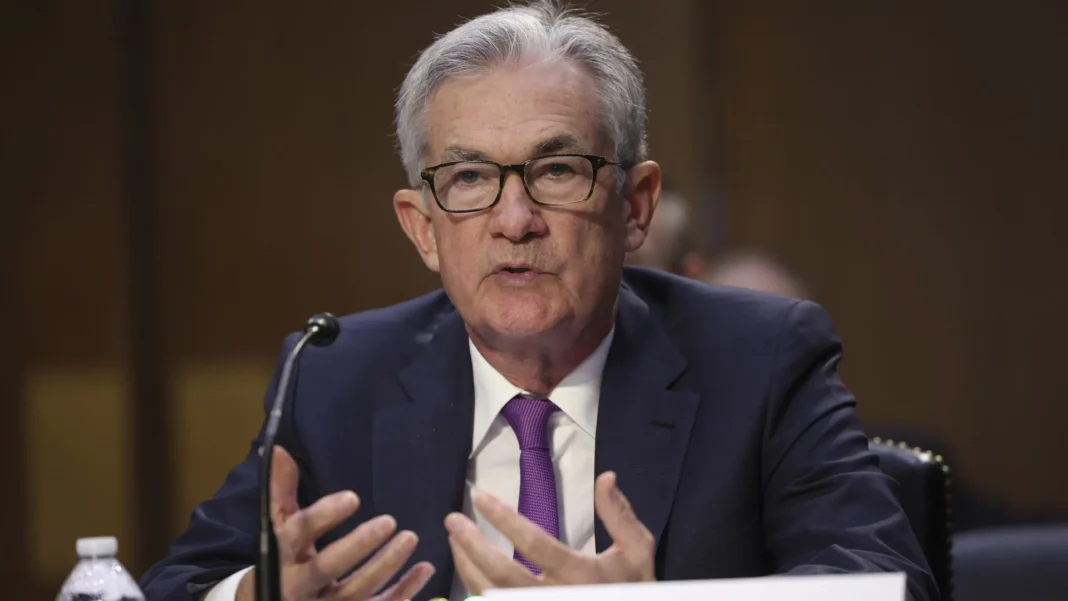Federal Reserve Chair Jerome Powell testified before Congress on Tuesday, reaffirming the central bank’s cautious stance on interest rate adjustments.
Speaking before the Senate Banking Committee, Powell underscored the economy’s resilience, stating that there is “no rush” to lower rates given strong labor market performance and persistent inflation concerns.
Fed’s Stance on Interest Rates
Powell made it clear that while inflation has shown signs of cooling, it remains above the Fed’s 2% target. He indicated that rate cuts will only come when policymakers have “greater confidence” that inflation is firmly under control.
“We are well-positioned to navigate the risks and uncertainties that lie ahead,” Powell told lawmakers, suggesting that premature easing could undermine progress made in stabilizing prices.
Despite market anticipation for rate cuts in mid-2025, Powell did not commit to a specific timeline, signaling that the Fed remains data-dependent. Investors hoping for a swift pivot to lower rates were met with cautious messaging, as Powell emphasized the need for patience.
Economic Strength and Inflation Risks
Powell pointed to the robustness of the U.S. labor market and steady economic growth as key reasons for maintaining a measured approach. Job creation has remained strong, and consumer spending continues to hold up despite higher borrowing costs. However, Powell warned that inflationary pressures, particularly in services and housing, remain a challenge.
“While progress has been made, we are not yet at a point where we can confidently declare victory over inflation,” Powell stated.
The Fed’s commitment to its dual mandate of price stability and maximum employment means balancing rate decisions carefully to avoid economic overheating while ensuring sustainable growth.
Congressional Scrutiny and Political Reactions
Lawmakers pressed Powell on the potential consequences of prolonged high interest rates, particularly their impact on consumers and businesses facing elevated borrowing costs.
Some senators urged the Fed to consider easing monetary policy to prevent unnecessary strain on economic activity.
Republican and Democratic lawmakers voiced concerns from different angles. While some warned about the risks of over-tightening, others expressed fears that cutting rates too soon could reignite inflation.
Powell, however, maintained that the Fed’s independence is key to making sound, non-political economic decisions.
Looking Ahead: What’s Next for the Fed?
Powell’s testimony signals that the central bank is in no hurry to change its current policy stance.
Financial markets, which had been pricing in rate cuts as early as mid-year, may need to reassess their expectations in light of Powell’s cautious outlook.
With inflation still above target and economic indicators showing resilience, the Fed appears set to hold rates steady until there is greater clarity on price trends.
Powell will continue his testimony before the House Financial Services Committee later this week, where he is expected to face further questions on the Fed’s strategy for the remainder of 2025.
For now, Powell’s message to Congress is clear: patience is key, and the Fed will not be rushed into rate cuts until economic conditions warrant them.
Also Read

